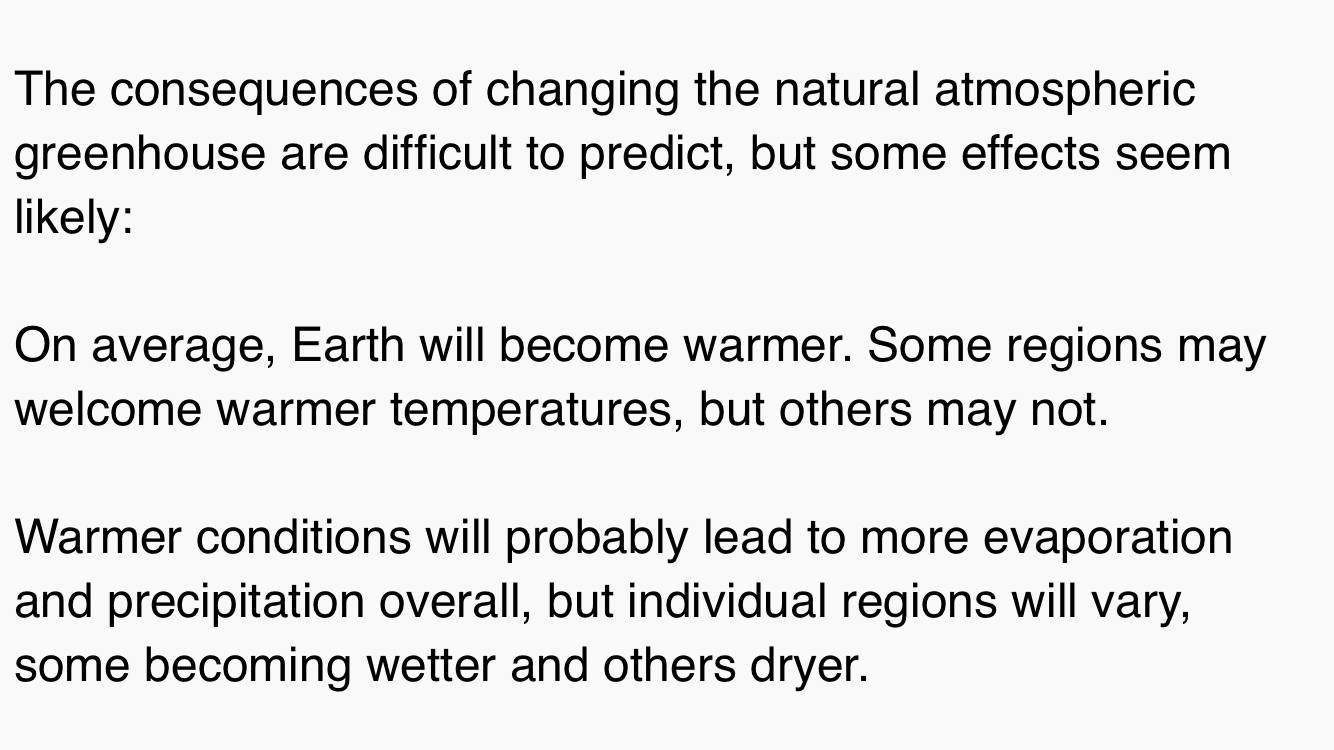Originally posted by chuckChuck
View Post
Still a lot of presumptions in your latest cut and paste there ..

You need to reread a previous post I made a few weeks ago .
No doubt humans play a role , but other factors like climate forcing and sun cycles are mostly ignored that explain a lot of climate changing factors that get solely blamed on CO2 .
Even NASA states in your cut and paste CO2 is a minor factor .
My stance is let’s not carbon tax our livelihoods into bankruptcy over a lot of assumptions as proven by your cut and paste .
It’s not what the carbon tax costs us today it’s how high they will take it in the near future that should be a massive concern to any farm.
Comment